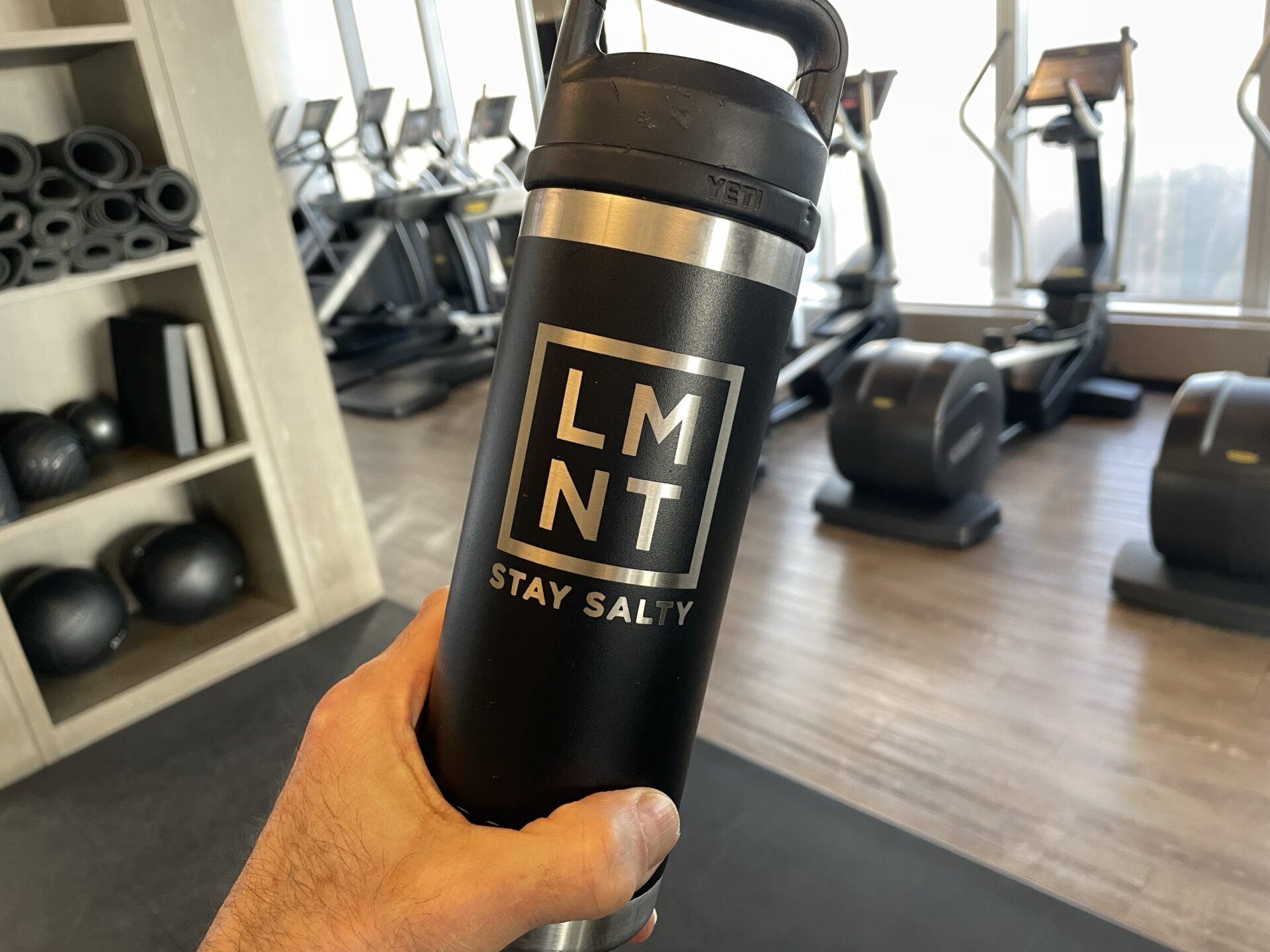For many of us that really love our workouts (or at least love the way we feel afterwards), it’s tempting to skip those recovery days. After all, you’re seeing progress, you feel good, and your energy level is at an all-time high. More workouts should be a good thing, right? Not necessarily. Exercise and weight training are about balance. It is great when you feel motivated to work out more often, but the body’s recovery time is a vital part of any exercise plan.
One of our medical advisors recommends this as an exercise program:
3 days strength training
1 day high intensity interval training
1 day endurance training
1 day stretching and balance training
1 day combine a social activity that gives you cardio, strength, balance and plyometrics (e.g. martial arts, tennis, golf, bowling)
The endurance day, stretching day, and combined days can all be used as recovery days from the more stressful interval training and strength workouts.
The Role of Electrolytes in Recovery
Electrolytes, the essential minerals found in your blood, sweat, and urine, are vital for muscle contraction, nerve signaling, and hydration. These minerals — primarily sodium, potassium, calcium, magnesium, chloride, phosphate, and bicarbonate — play a critical role in workout recovery, helping to replenish lost nutrients, maintain fluid balance, and support our overall health. An electrolyte imbalance can lead to muscle cramps, fatigue, nausea, and even confusion — which can hinder your recovery, your performance, and your ability to improve.
Hydrate to Optimize Recovery
One of the primary roles of electrolytes is to regulate fluid balance within the body, ensuring that fluid levels inside and outside of our cells are optimal. After a workout, replenishing these lost electrolytes is essential to restoring fluid balance, aiding in hydration and preventing dehydration. Proper hydration is not only crucial for recovery but also for preparing the body for that next workout session. If you’re active, play sports, or sweat a lot when you exercise, a little extra sodium is probably a good thing — an electrolyte drink could help you feel and recover better.
Muscle Function and Recovery
Electrolytes are fundamental for muscle function, as they allow for proper muscle contraction and relaxation. For example, calcium is involved in muscle contraction, while magnesium plays a role in muscle relaxation. After exercising, replenishing these electrolytes helps to reduce muscle soreness, lessen fatigue, and speed up the recovery process. This is particularly important for athletes or individuals engaged in regular workouts, as it allows for more efficient and effective personal training. See above recommended exercise program.
Replenishing Electrolytes
Restoring electrolytes after a workout can be achieved through a balanced diet and proper hydration. Foods rich in electrolytes include bananas (potassium), dairy products (calcium), nuts and seeds (magnesium), and table salt (sodium). To supplement these efforts, the Salty Squad at LMNT has perfected the effective dose of electrolytes in their science-backed ratio designed to aid in your post-workout recovery. The team here at AGEIST has been including LMNT in all phases of our workout routines for well over a year now.
Put your feet up every now and again
Electrolytes play a critical role in our workout recovery by maintaining fluid balance, supporting muscle function, and preventing dehydration. By taking steps to replenish them after exercise, you can enhance your recovery process, improve performance, and maintain optimal health. While it may appear that the team at AGEIST never slows down, that’s just not the case. We do occasionally put our feet up, and some of us embrace rest days more than others…
So, kick back and stay salty. And, maybe let us know what you do on your recovery day. Anything fun?
For those of you looking for the benefits of proper hydration in recovery (and in all areas of your daily routine), LMNT is offering our readers a free 8-serving sample pack with any purchase here.


For the 3 days of strength training, do you recommend them as consecutive, or alternate day on day off? Wondering since HIIT training might be difficult after 3 consecutive days of strength training. Maybe do balance and flexibility after strength then endurance HIIT and finally active social activity?
Great question, Joe! You will want to alternate days of strength training. Remember the gains come from recovery not from being in the gym. The rest day does not have to mean inactivity, it can be 60 minutes of zone 2 aerobic training. With HIIT or VO2 max training you can do once a week and go hard at it, and have the following day be a total rest day.
Our CEO David Stewart does the following:
Monday, Wednesday and Friday is strength training.
Aerobic training on Monday, Tuesday, and Thursday of 60 minutes.
Saturday is a VO2 max session of 30 minutes, followed by 30 minutes of slow stretching and de-stressing the body. Sunday he will usually go for a walk.
David also works to incorporate balance into his strength days, and into day to day activities- like brushing his teeth on on foot, or brushing teeth on one foot with eyes closed. (Closing your eyes on one foot is really challenging!)
If doing the above, you may also want to take an entire week off at the 6 or 8 week mark, then come back at a higher level.
Hopefully that helps!